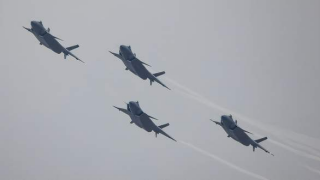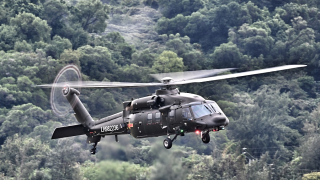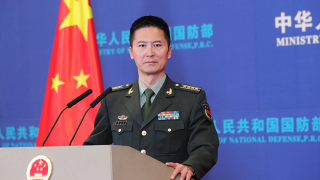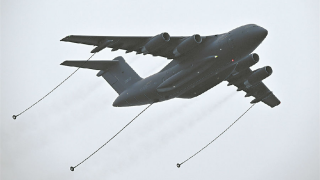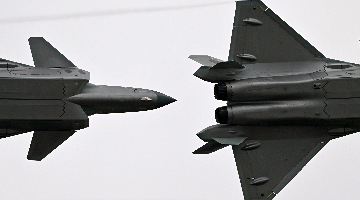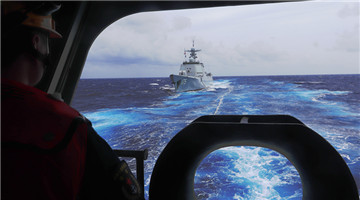By Nai Qian
Australian media recently reported that the US is planning to upgrade an air force base in northern Australia to station six B-52 strategic bombers, a move analysts said will take a toll on the geopolitical and international security situation in surrounding areas.
ABC reported that the US Air Force plans to deploy B-52 strategic bombers at Tyndall air force base (AFB). It will not only build a parking apron and maintenance center at the base, but also a combat commanding center, an arsenal, and other related facilities. In another related development, the facilities to be built for the B-52s will also be used to serve B-21 stealth bombers and other strategic projection vehicles in the future.
In 2016, the then Japanese Prime Minister Shinzo Abe put forth the “Indo-Pacific strategy”, a term then US President Donald Trump borrowed at the APEC meeting in November 2017 to officially propose the “free and open Indo-Pacific”. After that, Australia’s defense policies have seen obvious changes. Following the US’ lead in basically everything, Canberra has played a more active role in the Five Eyes and formed the AUKUS with the US and the UK, an alliance that signed a cooperation agreement saying that Washington and London will help Canberra in developing nuclear submarines and forming a nuclear submarine fleet.
Nuclear submarine orders from the US military have already overwhelmed American ship makers, which means the Australian Navy won’t receive the products in the short term. In response, the US Congress took the expedient of passing an Australia-United States Submarine Officer Pipeline Act, which allowed Australian naval officers to train and operate on American nuclear submarines while planning to sell or lease two Virginia-class nuclear attack submarines to them. According to the plan, the two American submarines – either sold or leased – will be jointly operated by American and Australian naval staff, the former having the right to decide its use and deployment. This is a de facto “sharing” of nuclear submarines.
Surrounded by sea on all four sides and protected by the Pacific and Indian oceans as natural barriers, Australia has pressed the “fast forward” button on its military expenditure in recent years. The budget released by its government showed an 8% increase in defense spending between the fiscal year of 2022 and 2023, and the figure is expected to exceed 2% of the national GDP by the fiscal year of 2026. According to analysts, the massive increase in Australia’s military spending may open Pandora’s box. The nuclear submarine project pushed by AUKUS, for instance, created a bad precedent of nuclear weapon states exporting nuclear materials and technologies to a non-nuclear weapon state. That risks the emulation by other countries and a new round of nuclear submarine arms race, posing new security threats to the Asia Pacific and the whole world.
Deploying B-52 strategic bombers in Australia will add Tyndall AFB to America's list of forward combat bases after Hawaii, Guam and Diego Garcia. Canberra has decided to be America's "vanguard" and "pawn" in executing its "Indo-Pacific strategy" and is going all out to turn itself into the big brother's forward military base, tying itself, which could have stayed away from the fray, tightly onto the chariot of the geostrategic game and major country competition. That does no good for the country or its people, and will only expose their security to threats and challenges.
